7 Perennial Vegetables Perfect For Pots – Enjoy Patio Pickings Year After Year
Whether you have a patio, balcony garden, or just a sunny windowsill, growing perennial vegetables in containers opens up new possibilities for enjoying homegrown produce.
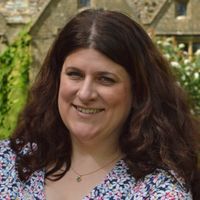
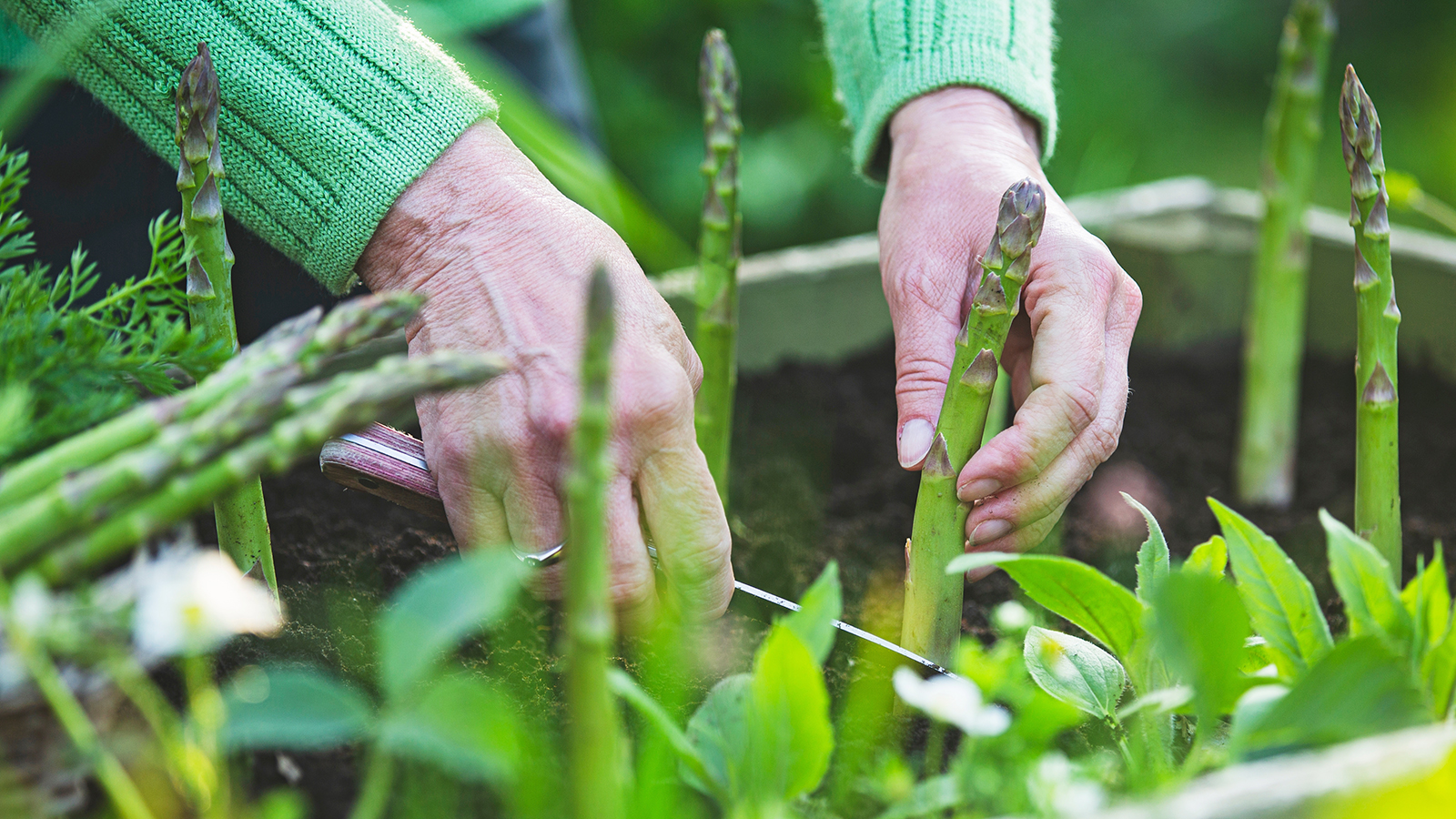
Growing perennial vegetables in pots is an increasingly popular pursuit for gardeners with limited space. Unlike annual crops, which need replanting each year, perennial vegetables return season after season, making starting a vegetable garden a long-term investment.
Container vegetable gardening offers the flexibility of cultivating nutritious and flavorful crops without a traditional garden – whether you want to grow vegetables on the patio, on a balcony, or in a window box.
Several perennial vegetables are suitable for container gardening projects. Some even perform better than when grown in the ground, as pots allow for better control over soil quality, moisture levels, and pest management. However, container-grown vegetables usually need more regular watering and fertilizing than crops grown in the ground.
One significant advantage of growing perennials in pots is the ability to easily move the containers to optimize growing conditions throughout the year. For instance, pots can be relocated to sunnier spots during winter or shaded areas during the peak summer heat. This mobility not only enhances plant health but also extends the growing season.
We reveal the best perennial vegetables for pots, to grow a sustainable and continuous source of fresh produce year after year.
1. Perennial Kale
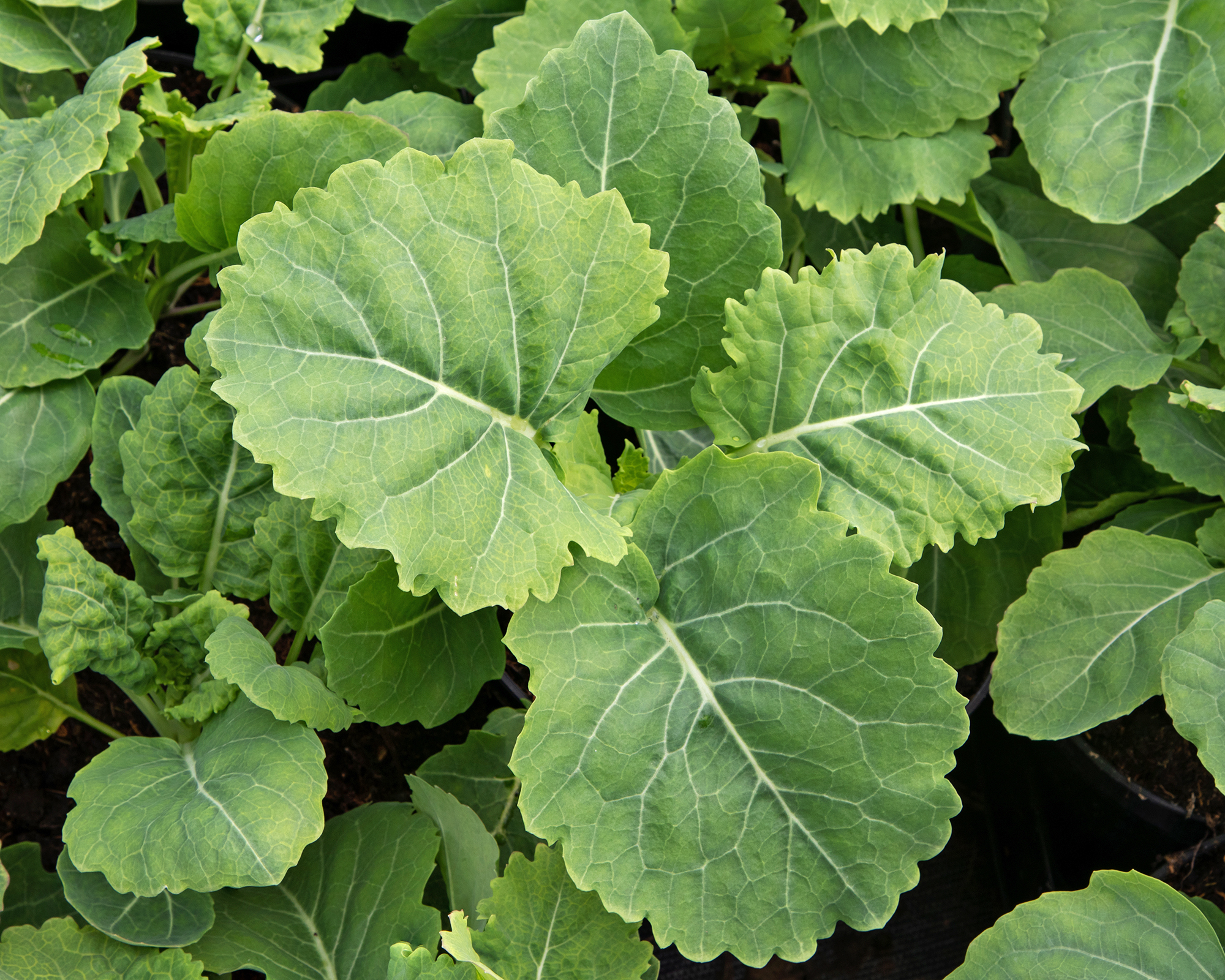
Perennial kale is a versatile addition to container gardens, providing a continuous harvest of tender leaves for salads, stir-fries, and more.
Growing perennial kale in pots is a great way to enjoy this nutritious leafy green year-round, as it can be harvested in any month. Plants have a potential lifespan of 5 years or more, and you can propagate further plants from cuttings for an everlasting supply.
Sign up for the Gardening Know How newsletter today and receive a free copy of our e-book "How to Grow Delicious Tomatoes".
Plants can grow tall, so ideally opt for a more compact variety, such as Daubenton Kale Panache. Choose a large container, at least 12-18 inches (30-45cm) deep, and use a high-quality, well-draining potting mix enriched with compost to provide essential nutrients. Position pots in full to partial sunlight.
Regular watering is crucial – keep the soil consistently moist but not waterlogged. Fertilize every 4-6 weeks to promote healthy growth. Pruning older leaves encourages new growth and prevents legginess.
Perennial kale is hardy to USDA zone 7 – and zone 6 with extra care – but benefits from protection against extreme cold, such as moving pots indoors or covering them.
2. Rhubarb
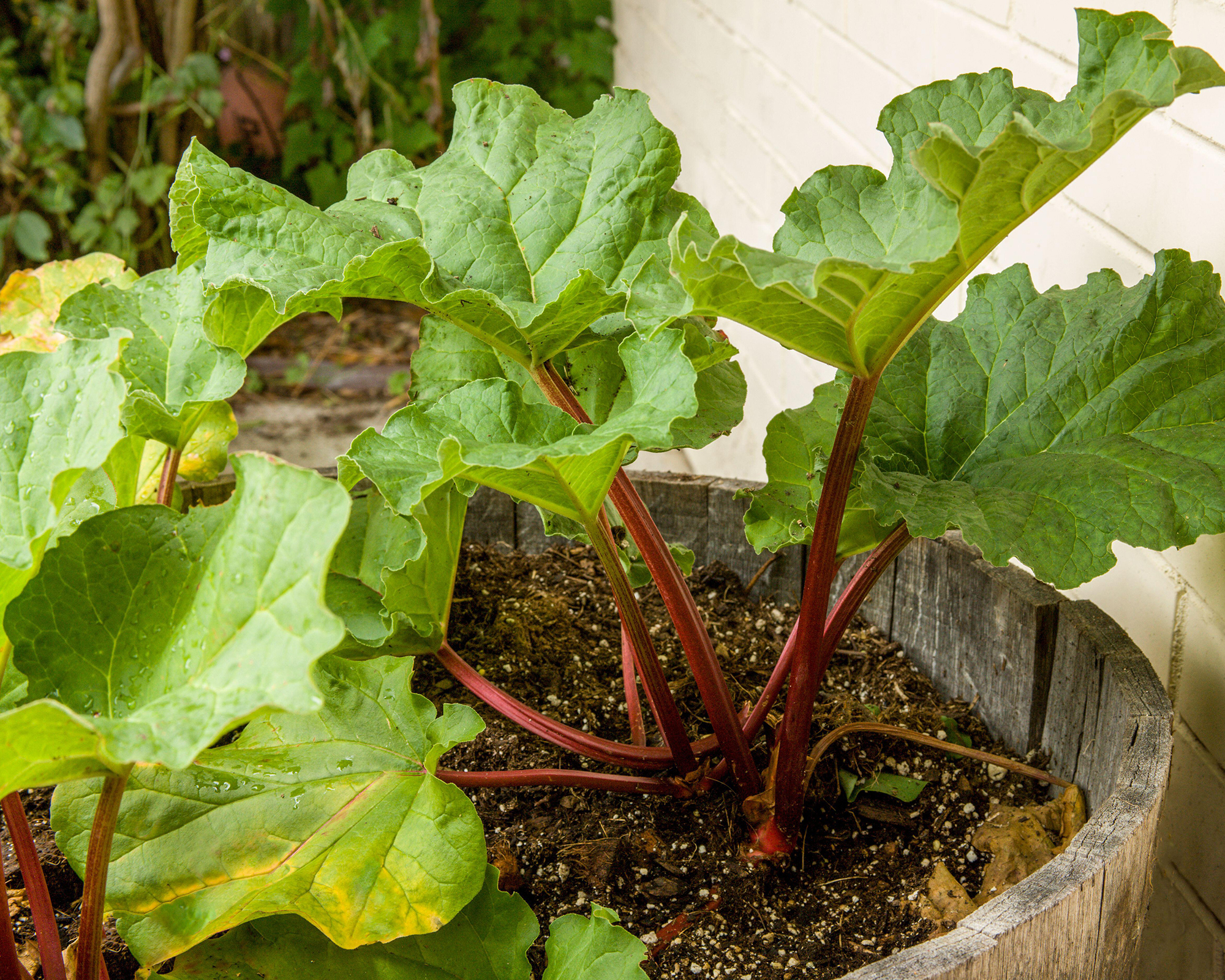
Rhubarb is grown for its brightly colored stalks, which make a delightful addition to savory and sweet dishes. When looked after properly, plants can produce for a decade. However, it should not be harvested in its first year after planting.
Growing rhubarb in pots is easy, but the container needs to be at least 20 inches (51cm) deep and wide to accommodate its large root system.
Plant divisions or purchased rhubarb crowns in the spring into a well-draining potting mix enriched with some compost or organic matter. Position the container in full sun, although rhubarb will tolerate light shade.
Water well, especially in hot weather, and fertilize in early spring. Prune away old stalks in the fall after the leaves have died back.
Rhubarb is hardy in USDA zones 3-8.
3. Wasabi
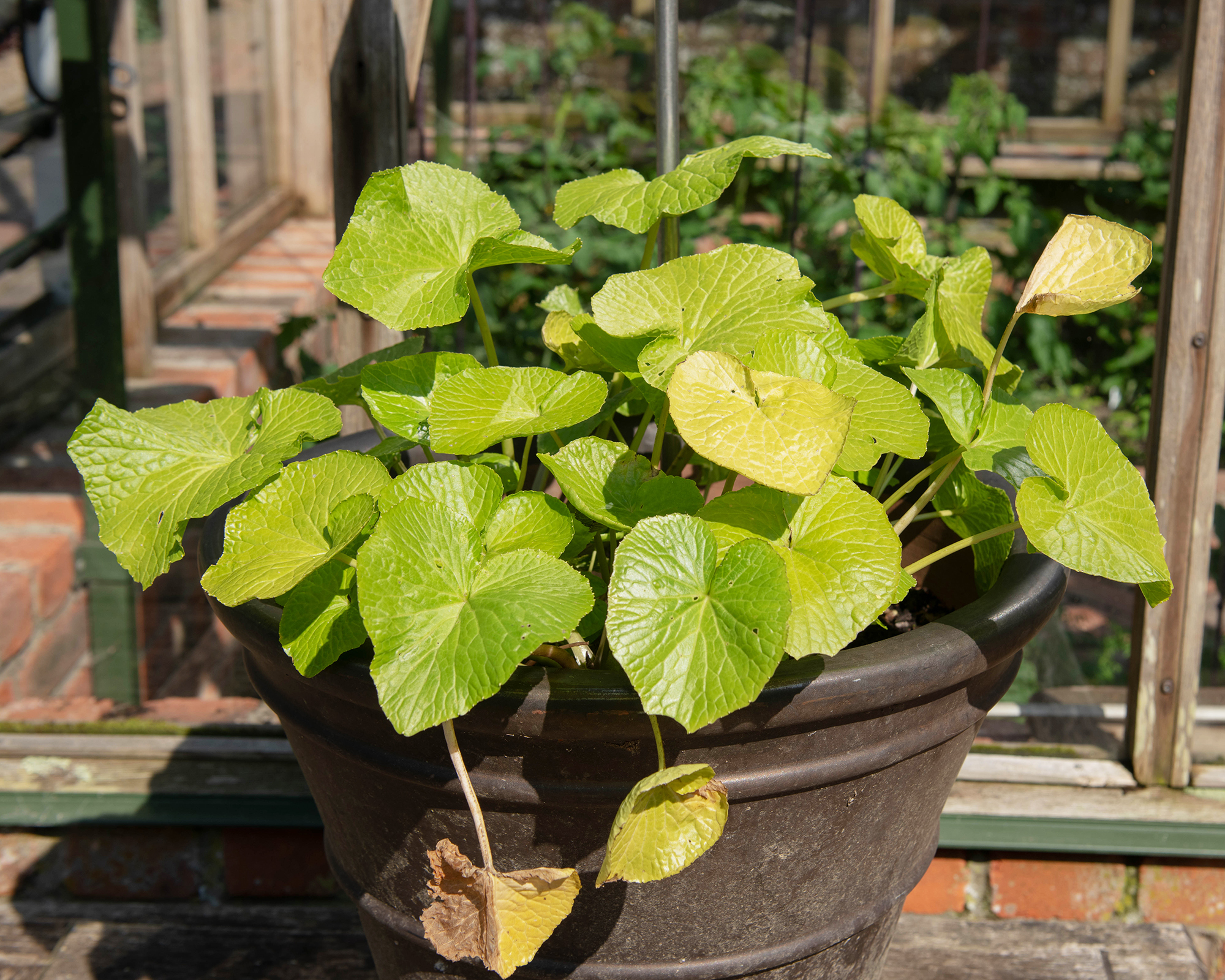
Wasabi, or Japanese horseradish, is a perennial, cruciferous vegetable that grows along stream beds in mountain river valleys in Japan. While the plant’s leaves can be enjoyed, it is the wasabi rhizome that is most prized for its unique fiery-to-sweet taste. It is usually grated just before eating.
Though not as easy as some other vegetables on this list, growing wasabi is a rewarding endeavor – especially given its high price at the grocery store.
Wasabi thrives in cool, shady conditions with consistent moisture, so use a large pot with good drainage and fill it with a rich, well-aerated potting mix, preferably with added organic matter like compost. Place the pot in a shady spot, away from direct sunlight.
Wasabi needs constant moisture but should not sit in water, so regular, even watering is essential. Fertilize with a balanced, slow-release fertilizer every few months to support growth. Ensure good airflow around the plant to prevent fungal diseases.
Wasabi plants can take 18-24 months to mature, producing edible leaves and stems along the way. Harvest the rhizomes when they reach 4-6 inches long, typically after two years, for the characteristic spicy flavor.
Wasabi is hardy in USDA zones 8-10 but can be overwintered indoors in cooler areas.
4. Sorrel
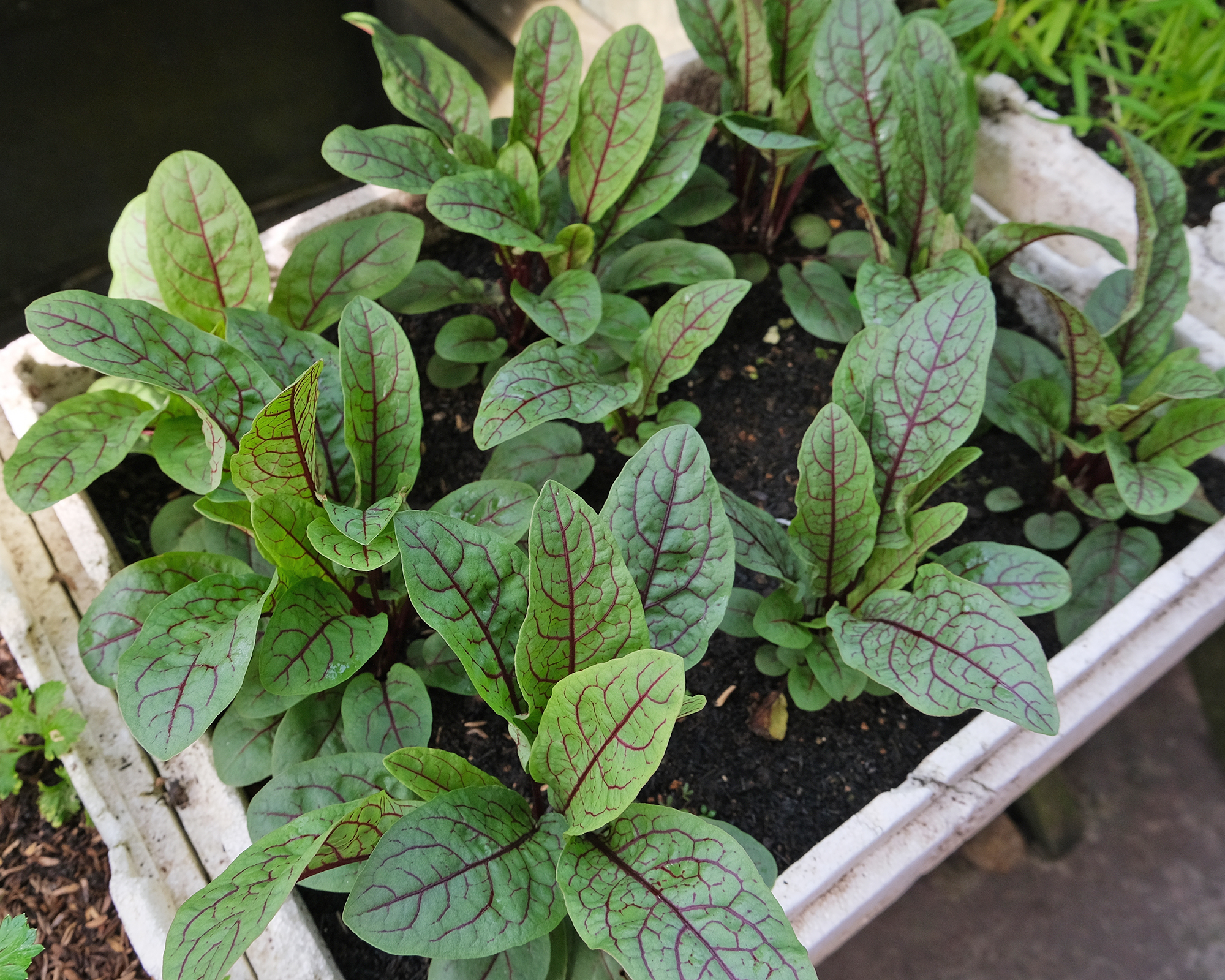
Sorrel can be enjoyed as a leafy vegetable fresh in salads, sautéed in stir-fries, or as a herb to improve the flavor of other dishes. It has a tart lemony flavor.
Growing sorrel in pots is easy and rewarding – it is often more successful than growing in the ground. Choose a well-draining container at least 12 inches (30cm) across, filled with rich, organic potting soil.
Sow seeds outdoors after frost or indoors three weeks before the last frost. Space seeds 3 inches (8cm) apart, cover with ½ inch (1.5cm) of soil, and keep moist. Thin seedlings to 12 inches (30cm) apart once they have two sets of true leaves.
Maintenance is minimal – water weekly and mulch to retain moisture and prevent weeds.
Harvest in 30-40 days for baby leaves or two months for mature plants. Cut leaves to the stalks to encourage regrowth.
Sorrel is hardy in USDA zones 4 through 9.
5. Asparagus
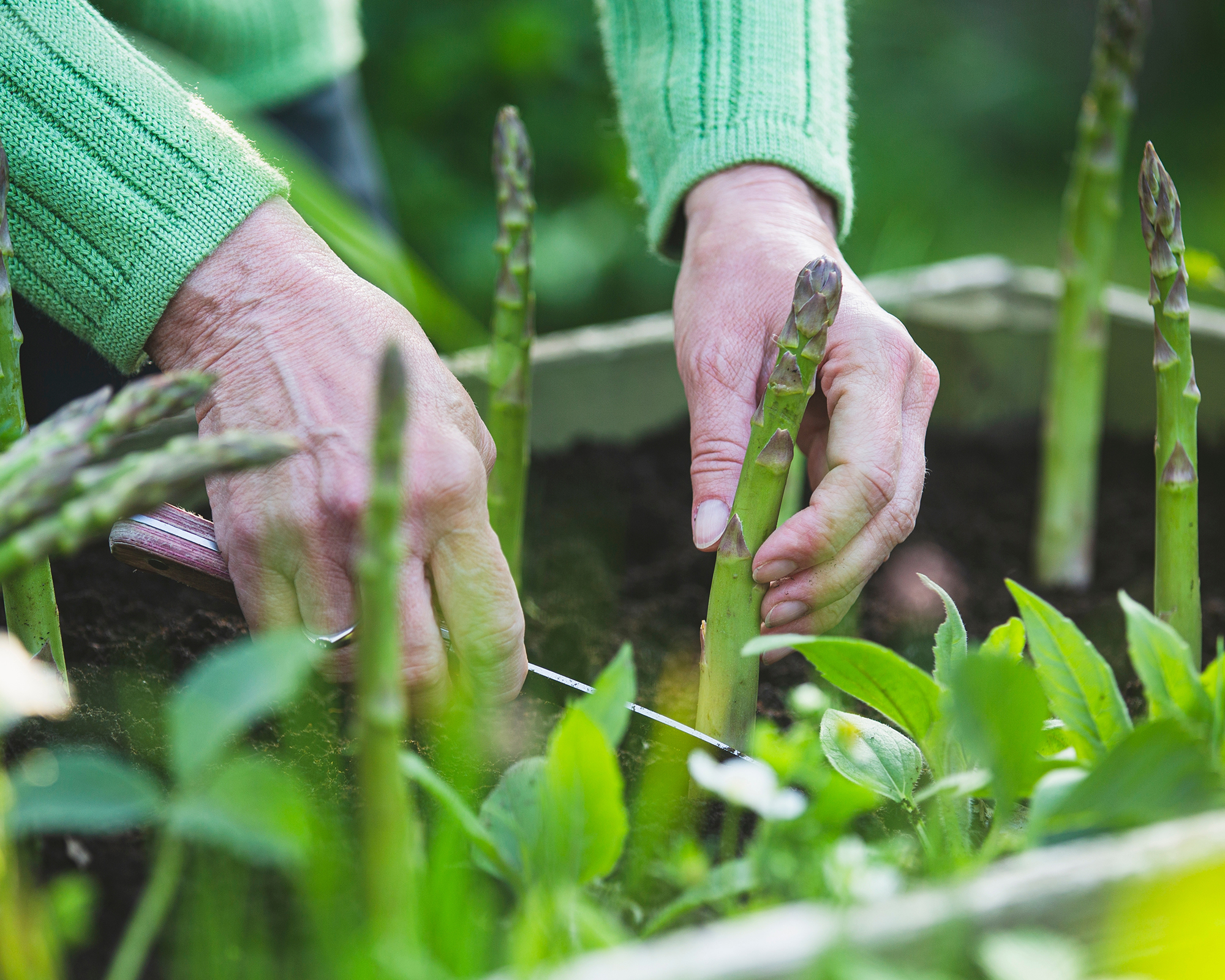
Asparagus is a hardy spring vegetable prized for its delicate flavor and tenderness when cooked. Plants can take several years to mature when grown from seed, and should not be harvested until their third year, so are usually planted as crowns.
Growing asparagus in containers is an option, although it will limit the plant’s usually long lifespan if it is not transplanted into the ground. Don’t let that put you off, though, as you should be able to enjoy 3-4 years of delicious harvests while the plant is confined to a pot.
The container must be large enough to accommodate the plant’s deep roots – at least 18 inches (46cm) deep and 12 inches (31cm) in diameter – and have good drainage. The crowns need to be planted to a depth of 4-6 inches (10-15cm).
Position the container in a sunny spot that receives 8 hours of sunlight each day.
Asparagus grows in various soil types as long as it is well-draining and enriched with organic matter. Plants will benefit from fertilizing in early spring, and then every two weeks until the end of the growing season. Keep the soil moist, but not soggy.
Asparagus is hardy in USDA zones 3-8, with some varieties suitable for zones 2 and 9.
6. Chives
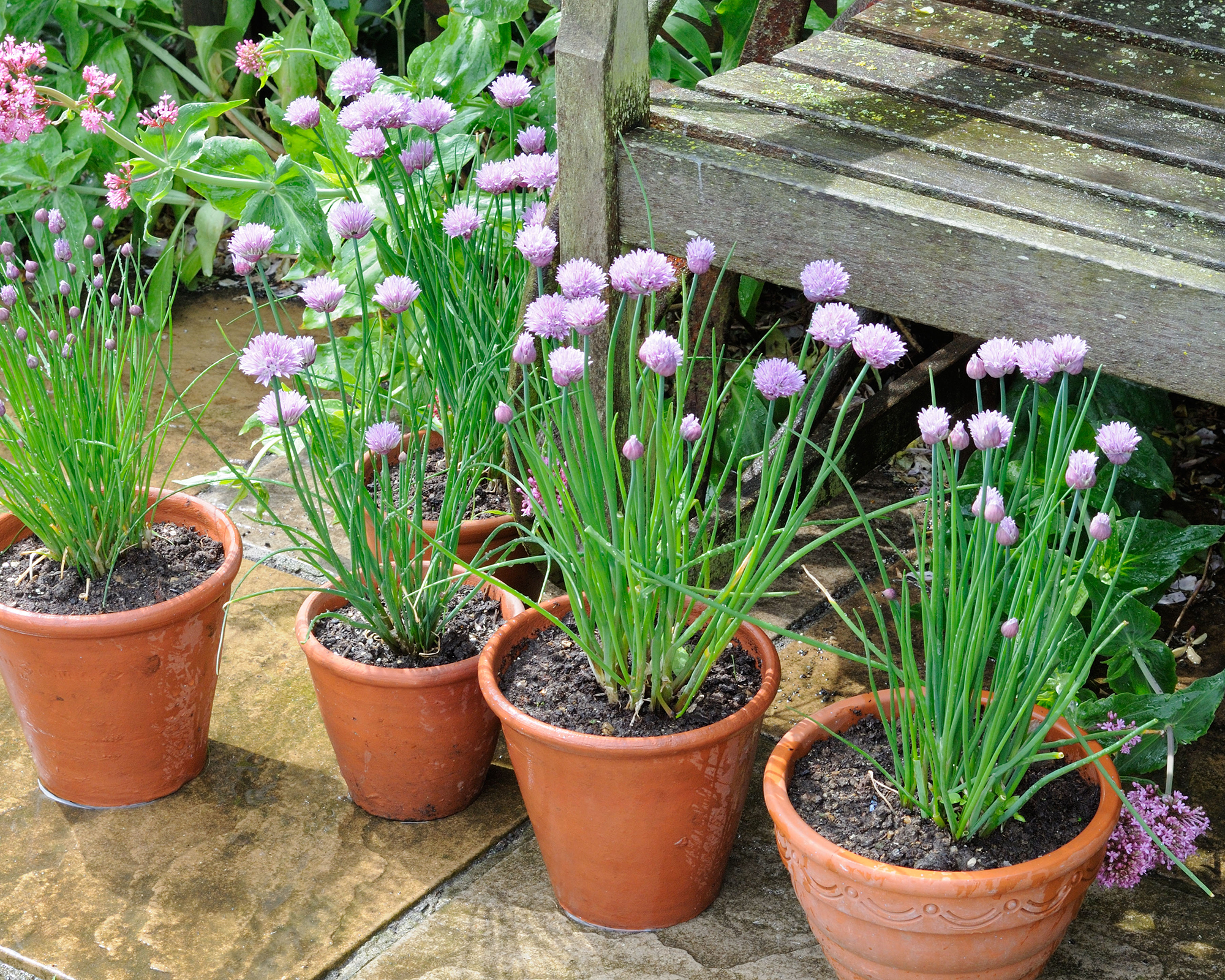
Chives are onion-flavored vegetables used as herbs in many dishes. Their beautiful flowers make them a delightful addition to a container garden.
Growing chives in pots is a straightforward process that allows you to enjoy their fresh taste year-round. Choose a pot with good drainage and fill it with rich, well-draining potting soil before planting.
Chives thrive in full sunlight but can tolerate partial shade. Water regularly to keep the soil consistently moist but not waterlogged. Fertilize every few weeks with a balanced liquid fertilizer.
Harvest chives by snipping the leaves when they reach about a foot tall, and you can cut back the plant by half without harming it. Enjoy both the leaves and edible flowers in your culinary creations.
Chives can be grown in USDA hardiness zones 3-10.
7. Watercress
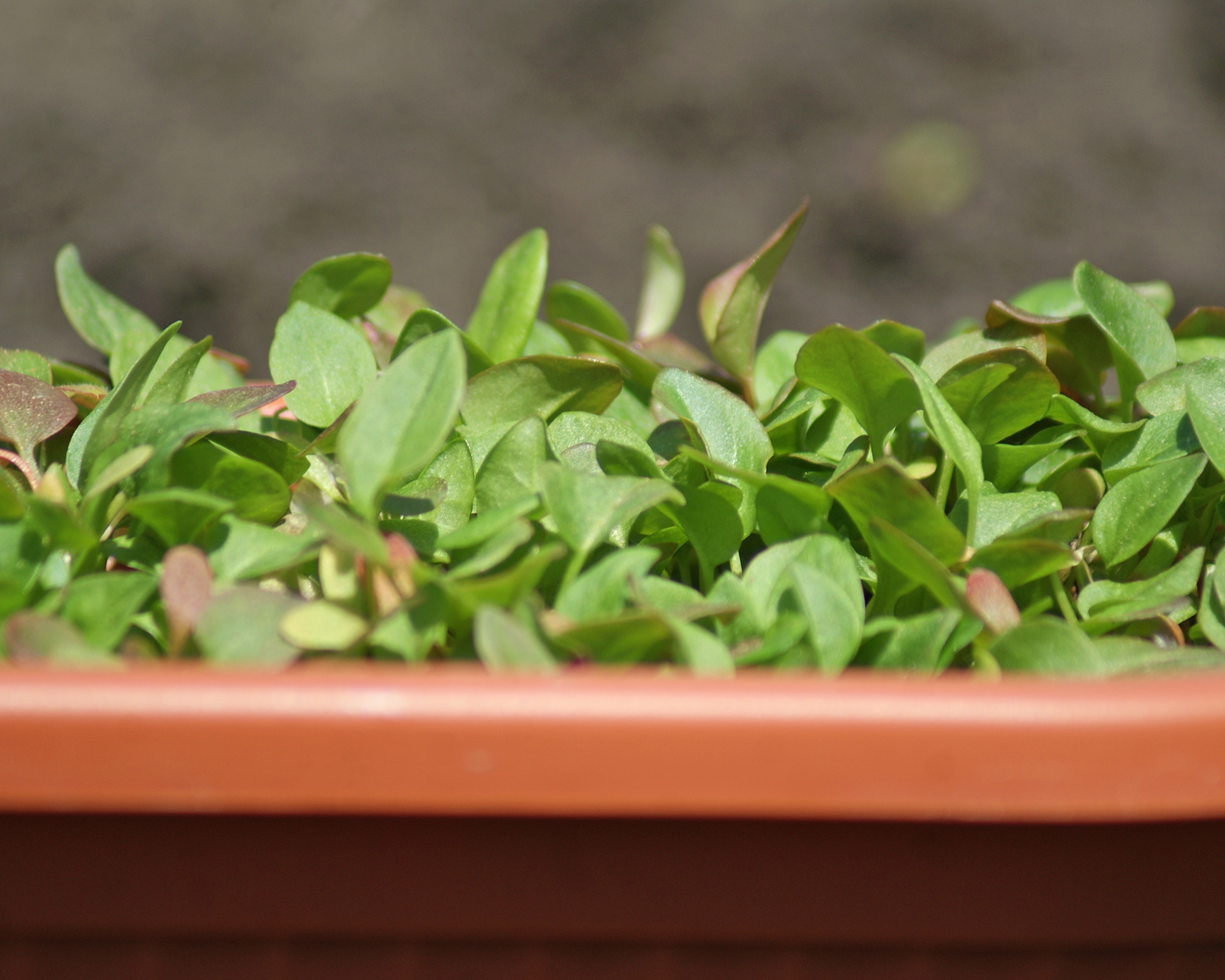
Watercress is a peppery leaf used to add flavor to salads. It’s a rapid-growing perennial that is easy to cultivate in pots.
Seeds can be sown indoors or outdoors, germinating best in cool, moist conditions.
Use a well-draining container filled with a soilless mix of peat, perlite, or vermiculite. Keep the pot in a shady spot or partial sunlight.
As its name suggests, watercress thrives in consistently wet conditions, so place the pot in a water-filled saucer or grow in a container with 2-3 inches of water, changing it weekly.
Regularly harvest by trimming back to encourage new growth. Keep the plant well-fed with a balanced, water-soluble fertilizer to prevent nutrient deficiencies.

Melanie is an experienced gardener and has worked in homes and gardens media for over 20 years. She previously served as Editor on Period Living magazine, and worked for Homes & Gardens, Gardening Etc, Real Homes, and Homebuilding & Renovating. Melanie has spent the last few years transforming her own garden, which is constantly evolving as a work in progress. She is also a passionate organic home grower, having experimented with almost every type of vegetable at some point. In her home, Melanie tends to an extensive houseplant collection and is particularly fond of orchids.
